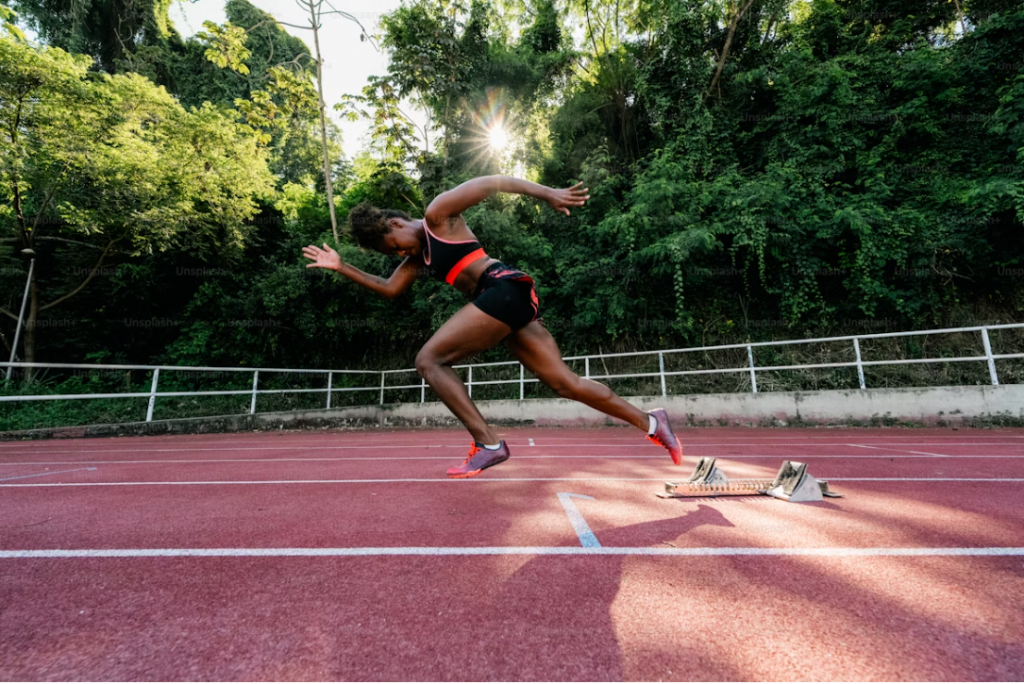Introduction
Sprinting is not just about running fast—it’s a perfect blend of biomechanics, physics, and technique. Understanding how force, stride, and body mechanics influence performance can help athletes run faster with less effort.
Understanding Sprinting Mechanics
Stride Length and Frequency
Optimal stride length combined with rapid turnover maximizes speed without wasting energy.
Ground Reaction Forces
Proper force application against the ground propels the body efficiently forward.
Muscle Activation Patterns
Synchronized activation of glutes, hamstrings, quads, and calves enhances sprinting performance.
Role of Force Application
Horizontal vs Vertical Force
Forward propulsion depends more on horizontal force than vertical lift.
Acceleration Phase Dynamics
Explosive push-offs during the start phase set the foundation for top speed.
Maximizing Push-Off Efficiency
Engaging the posterior chain ensures maximum energy transfer during ground contact.
Sprinting Technique and Energy Efficiency
Optimal Body Angle
Slight forward lean reduces drag and improves acceleration efficiency.
Arm Swing Coordination
Proper arm mechanics balance momentum and contribute to stride rhythm.
Foot Strike and Contact Time
Quick, light contacts minimize energy loss and maintain velocity.

Common Sprinting Errors
Overstriding
Landing too far ahead reduces efficiency and increases braking forces.
Inefficient Arm Movement
Poor arm swing disrupts rhythm and slows acceleration.
Poor Core Engagement
Weak core limits power transfer and increases risk of injury.
Training Techniques to Improve Sprinting
Sprint Drills and Plyometrics
Bounding, skips, and explosive drills enhance neuromuscular coordination.
Strength Training for Power
Squats, deadlifts, and lunges improve force production and acceleration.
Video Analysis and Feedback
Analyzing sprint form identifies inefficiencies and corrects technical errors.
The Science of Speed vs Technique
Why Technique Often Trumps Raw Speed
Even naturally fast runners benefit from refined mechanics to maximize output.
Combining Strength, Power, and Coordination
A holistic approach produces optimal sprint performance.
Sprinting Biomechanics in Elite Athletes
Case Studies
Elite sprinters demonstrate precise stride, force application, and energy management.
Lessons for Recreational Athletes
Technique, not just raw speed, is the key takeaway for improving personal performance.
Conclusion
Sprinting is a complex interaction of physics, biomechanics, and muscular coordination. Mastering technique enhances speed, reduces injury risk, and allows athletes to reach their full potential.